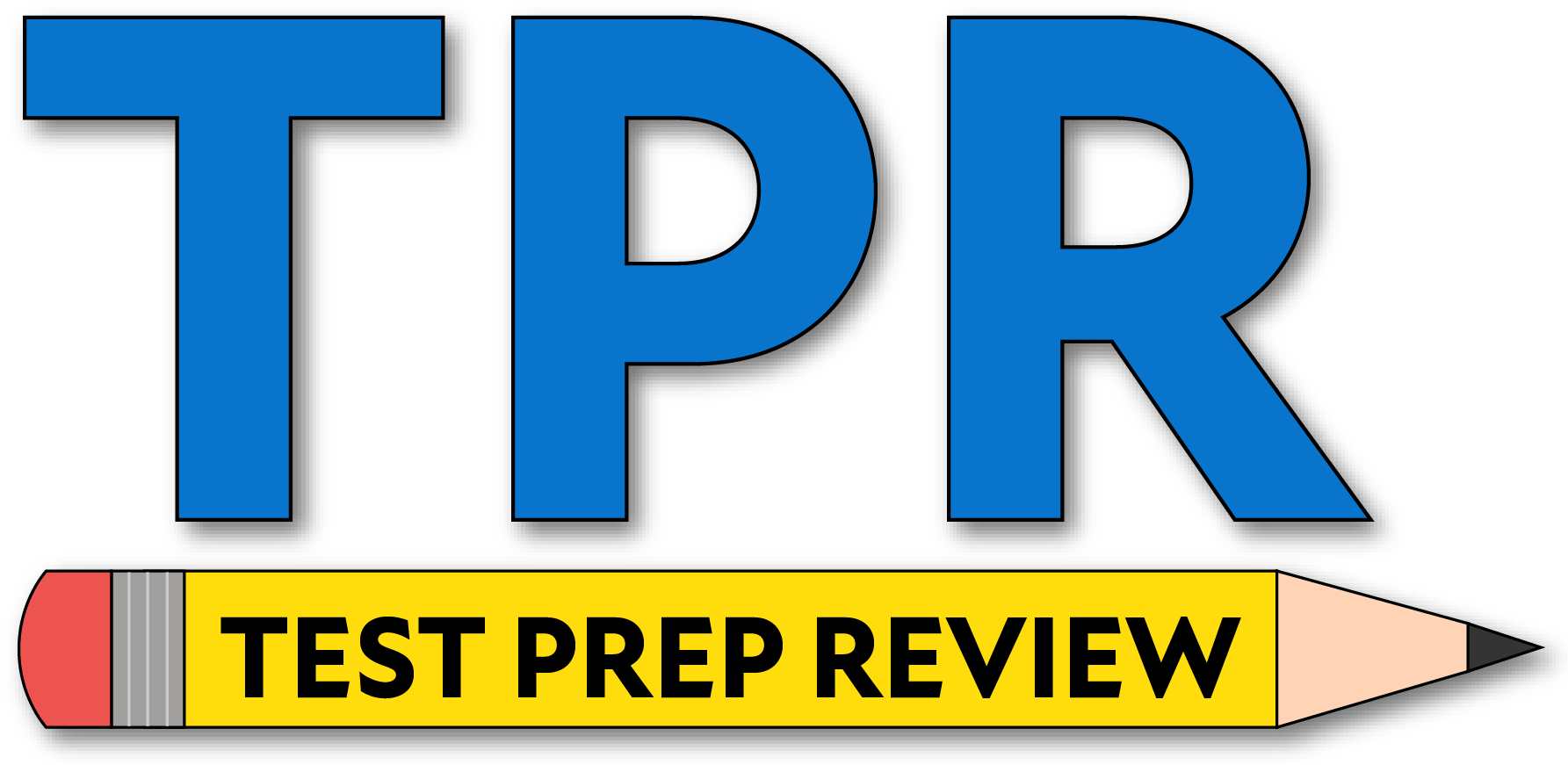- Attenuation increases as distance _______.
- Increases
- Decreases
Every time a wave travels through a medium, a fraction of its energy is lost to absorption and scattering. The further it travels, the more opportunities there are for losses to accumulate.
In many simple models, attenuation (in dB) grows linearly with distance, where \(\alpha\) is the medium’s attenuation coefficient:
\(\text{Attenuation (dB)} = \alpha \times \text{ distance}\)
Therefore, doubling the distance roughly doubles the total attenuation.
- Attenuation increases as frequency _______.
- Increases
- Decreases
Higher‐frequency waves interact more strongly with the particles in a medium, converting more wave energy into heat.
In conductors, high frequencies concentrate current near the surface (“skin effect”), raising resistive losses. In dielectrics, polarization lags behind rapid field changes, also boosting loss.
Therefore, a high-frequency signal will drop off faster with distance than a low-frequency one in the same medium.
- By definition, ultrasound is sound having a frequency greater than how many cycles per second?
- 10,000
- 20,000
- 30,000
- 40,000
The typical human hearing range tops out around 20,000 Hz. Any acoustic oscillation above that threshold lies outside the audible band and is classed as ultrasound.
Most medical and industrial ultrasound systems operate in the 1–15 MHz range, which is well above the 20,000 Hz cutoff.
- Which of the following is not a property of acoustic waves?
- Pressure and particle velocity are in-phase.
- Particles in the medium oscillate with equal excursion in the positive and negative directions.
- The wave front is attenuated by converting the energy in the pressure wave to heat.
- There is movement of the material.
Acoustic waves propagate via local oscillations of particles about their equilibrium positions. There is no net transport of the medium itself; particles simply vibrate back and forth.
- Which of the following would have the lowest mean propagation velocity?
- Air
- Fat
- Blood
- Water
In gases, the combination of low density and relatively low bulk modulus yields a much slower sound speed.
At room temperature, the speed of sound in air is only about 343 m/s.
By comparison:
- Fat: ~1,450 m/s
- Water: ~1,480 m/s
- Blood: ~1,570 m/s
Because air’s elastic properties and density give a low \(c=\sqrt{\tfrac{K}{\rho}}\), it supports the slowest acoustic propagation of the four.
- Which transducer and corresponding field of excitation excites molecules in the traditional “pie-shaped” field?
- 1D
- 2D
- 3D
- 4D
A 1D transducer consists of a single row of elements. By phasing or mechanical steering, it generates a fan- or pie-shaped ultrasound beam.
In contrast, 2D and higher-dimensional arrays produce volumetric (3D/4D) scan fields.
- Which of the following most closely equals 1 atmosphere (14.7 psi)?
- 10 kPa
- 50 kPa
- 75 kPa
- 100 kPa
Converting from psi:
\(14.7\text{ psi} \times 6.895\:\dfrac{\text{kPa}}{\text{psi}}\) \(\approx 101.4 \text{ kPa}\)
- When \(c_2 \gt c_1\), total reflection can occur when the angle of incidence is _________ the critical angle.
- Less than
- Greater than
- Equal to
The critical angle \(\theta_c\) is defined by Snell’s law:
\(\text{sin}\theta_c=\dfrac{c_1}{c_2}\)
For angles of incidence \(\theta > \theta_c\), the refracted ray would require \(\text{sin}\theta_r \gt 1\), which is impossible, so all energy reflects back.
Thus total internal reflection only happens at incidence angles greater than \(\theta_c\).
- Which of the following is defined by the number of elements used (effective transducer width)?
- Aperture
- Linear
- Transducer
- Propagation
In array transducers, the aperture is the width of active elements that contribute to beam formation.
Activating more elements (increasing the aperture) narrows the beam and improves lateral resolution.
- Which of the following is not a factor determining spatial resolution?
- Frequency (wavelength)
- Transmit intensity
- Pulse interval
- Acquisition
Transmit intensity affects penetration depth and signal-to-noise ratio but does not change the minimum discernible distance between two reflectors.
